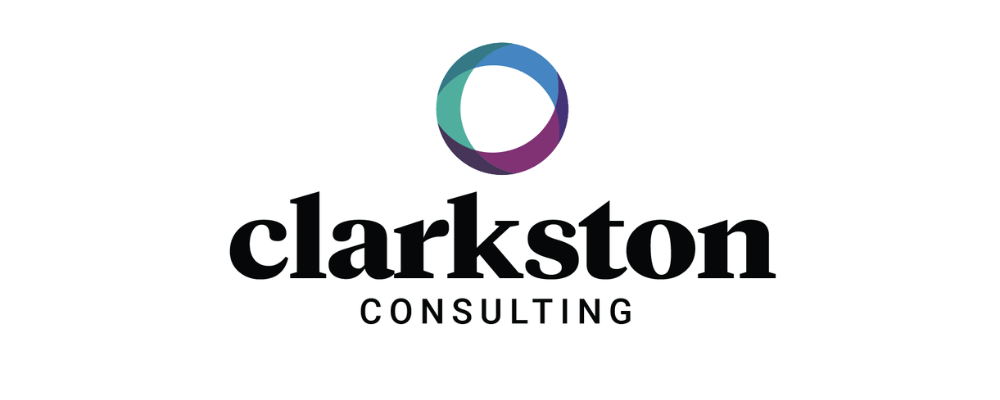The consumer products (CP) industry, along with many others, has experienced an evolution in recent years. In our 2023 CP Trends, we note two key trends – defining omnichannel strategy and execution, and implementing digital marketing strategies – which serve as drivers for further growth and innovation in a competitive market. CP companies have a number of avenues to further these trends, stand out from competition, and continue to grow revenue streams through digital platforms and various channels. In this piece, we will provide Clarkston’s recommendations for evaluating the viability of new revenue streams and provide examples of some consumer products companies actively engaging in these platforms.
Tactics to Evaluate Viability of New Revenue Streams Through Digital Platforms
Clarkston’s digital strategy experts have built an actionable framework for digital teams to leverage when evaluating new revenue streams with a foundation of a “test and learn” approach. Leveraging this framework has been shown to provide a structured way to solve strategic challenges, achieve greater market penetration, and retain or grow your consumer base.
- Determine your Goals and KPIs (Key Performance Indicators): Prior to evaluating or exploring new revenue streams, it’s imperative that companies establish goals and KPIs. What is the ultimate outcome of exploring new digital sources of inventory? Is it to increase sales or improve customer engagement? Understanding the unit economics will help baseline and test to the business’s KPIs.
- Evaluate your Current GTM (Go-to Market) Strategy: Diving deeper into metrics such as return on ad spend (ROAS), cost per click (CPC), click through rate (CTC), and CVR (conversion rate) allows companies a better understanding of how effective their marketing and ad campaigns have been. These metrics, paired with a gap analysis of the company’s go-to-market strategy, allow a company to identify and evaluate any discrepancies between current state and the desired market position. These potential gaps or discrepancies can be identified by leveraging tools, like a marketing funnel assessment, to uncover specific stages where the current strategy may fall short and conversion rates could suffer. By further examining these key points, companies can bridge these gaps to improve their process through means such as adopting new platforms to expand their reach.
- Research your Audience and Different Platforms: Who is your audience? Where are they researching your business, and where does the product market fit lie? Companies must understand their own capabilities and limitations (i.e., budget, resources, etc.). By recognizing these limitations along with their unit economics and the demographics and behaviors of their target audience, companies can zero in on areas they can successfully expand or compete. Which platforms answer these gaps of the GTM strategy audience? Researching what digital inventory to leverage to meet the needs of your customer is crucial to generating consistent revenue.
- Create a Testing Timeline: Depending on the complexity of the testing, along with the previously established KPIs and goals, companies will need to establish a testing timeline and budget. The budget should be set with the understanding that while in the testing phase, losses may be incurred before the source becomes profitable. Additional expenses, such as outside consultants or required assistance from additional teams, should be factored into the budget as well. During this critical planning period, clear and definitive success criteria should be established.
- Test and Scale: After implementing the test, such as through setting up digital campaigns or launching new products, there should be regular check-ins set at predetermined times to review data and ultimately decide to scale or shut down the test. If scaling the test up is the best route for the company, ensure a new timeframe is established to accommodate.
This framework can help consumer products companies evaluate the viability of new revenue streams through digital platforms and ultimately set them up for success in the short- and long-term.
What Does Revenue and Increasing Brand Awareness Look Like in Practice for CP Companies?
Below, we provide a few examples of companies in the CP space who have effectively driven revenue and increased their brand awareness through digital marketing strategies.
Boosting Incremental Merchandise Sales with Instagram Business
Miller Lite utilized Instagram for a four-month marketing campaign in 2021 focused on prospecting, remarketing, and influencers. The goal of the campaign was to get more traffic on its online merchandise shop and convert that traffic into more sales for its branded merchandise. By running the campaign through Instagram, Miller Lite was able to use dynamic ads to show branded ads to people who had either shown interest in Miller Lite branded products in the past or similar merchandise. Miller Lite also partnered with Shopify to build an online product catalog that would allow the dynamic ads to pull photos of relevant available products. Through the three foci of the campaign, all ads included a “Shop Now” button that was linked to the merchandise shop. The four-month campaign resulted in a 65% increase in incremental sales of Miller Lite-branded merchandise and an 87% increase in purchase conversions.
Increasing Brand Awareness through a Full-Funnel Approach with TikTok Business
Diamond Whites Aligners already had a strong social media presence but wanted to increase brand awareness and, more specifically, be able to stand out amongst similar businesses during peak moments, such as Black Friday. Diamond Whites utilized the TikTok platform for a Black Friday campaign to promote a 50%-off offer and increase visibility through a focus on reach and frequency by implementing a full-funnel approach. No particular demographic was focused on in the upper funnel so that Diamond Whites could get as many impressions as possible; however, the company also utilized lookalike audiences further down the funnel to increase and maximize conversions. The result of this campaign was purchase increases of 1,104%, increased return-on-ad-spend (ROAS) at 365%, and an 84% decrease in cost-per-acquisition (CPA). was purchase increases of 1,104%, increased return-on-ad-spend (ROAS) at 365%, and an 84% decrease in cost-per-acquisition (CPA).
Going Forward
By leveraging digital platforms for new revenue streams, companies can continuously grow to accommodate the ever-evolving consumer and remain competitive within the digital landscape. Clarkston’s team of digital experts can help you figure out the best fit for your company and how to successfully expand into new digital platforms.
“At Clarkston Consulting, we make our clients’ purpose our purpose. Since 1991, we have worked with global life sciences, consumer products, and retail companies to advance their most complex global priorities.”
Please visit the firm link to site



